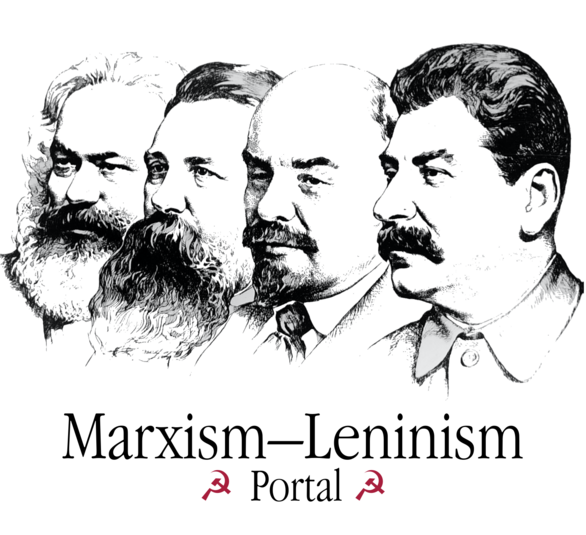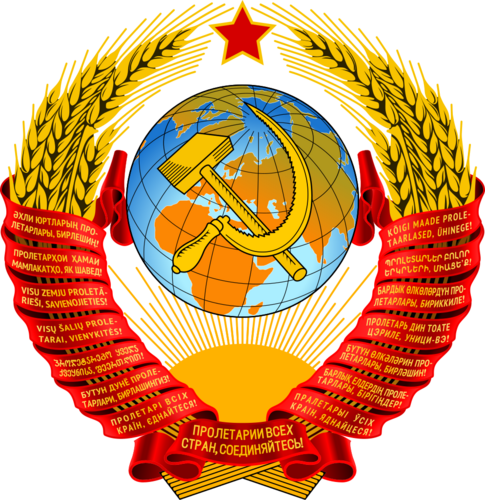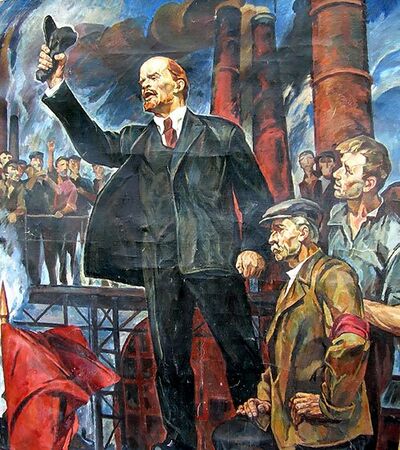User:RedParabola/sandbox
| Welcome to this sandbox page, a space to experiment with the process of editing Leftypedia.
To edit this sandbox, you can either edit the source code ("Edit source" tab above) or use VisualEditor ("Edit" tab above). Then make your changes, and click the "Publish changes" button when finished. You can click "Show preview" to see a preview of what you are about to save, or "Show changes" to see what you have changed. or If you are logged in, you can access your personal sandbox ("Sandbox" link at the very top of the page, next to your username). Please DO NOT place promotional, copyrighted, offensive, or libelous content in sandboxes. For more information on sandboxes, see Help:My sandbox. For information and resources on the basics needed to comprehend, comment on, and edit Leftypedia, see Editing Leftypedia or Guidelines. |
Hello.[1]
Portal:Marxism–Leninism
|
|



